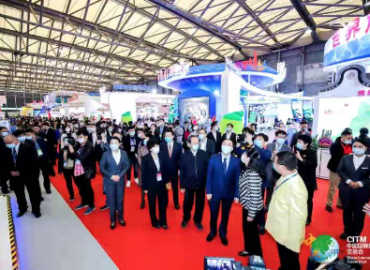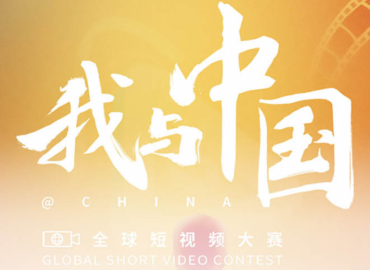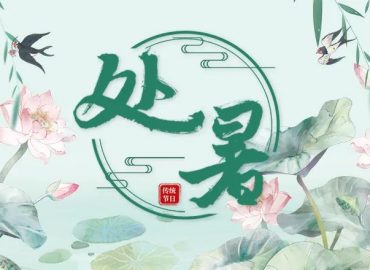
The Summer Solstice is the tenth solar term of the twenty-four solar terms in China, which typically falls between June 20th to 22nd in the Gregorian calendar, this year it falls on June 21st. On the day of the Summer Solstice the Northern Hemisphere experiences the longest period of daylight. The higher latitudes, the longer daylight period.
On this day in Denmark, the sun reaches both its highest and northernmost points in the sky, resulting in the longest day and the shortest night of the year. In Denmark this day is called Midsummer. The Danes celebrate this day on the evening of June 23 also known as Sankt Hans Aften (St. John’s Eve). It is typically marked by the burning of huge bonfires with a witch atop, and as it burns the community sings traditional songs. Historically the day was associated with symbolism, magic and superstitions. Since the 1920s, bonfires have been topped with a puppet resembling a witch to symbolize the burning of all things evil. On the evening of Sankt Hans across the beaches and lake areas there are big public and private gatherings with speeches, picnics and traditional songs which culminate with the burning of the bonfire.
In China, summer solstice is a season for wheat harvest. After harvesting, farmers in some regions host the grand festival, showing their gratitude to gods and their eagerness to see bumper autumn harvest by offering sacrifices to gods and ancestors.
Since ancient times, eating noodles has been an important custom in many regions of China during the summer solstice. Since the new wheat has been harvested on summer solstice, so by eating noodles during this day also allow people to taste the new wheat harvest. As the classic saying goes, the winter solstice is a time for dumplings and the summer solstice is a time for noodles. Beijingers pay special attention to eat noodles with soybean paste, served with greens, carrots and other vegetables on the day of the summer solstice, because during the summer season the yang energy is very high inside the body compared to outside the body. After the summer solstice, the yang energy and the yin energy inter-transform. The yin energy increases inside the body, so the diet shall aim to relieving heat and increasing appetite. Therefore, you shall eat more bitter foods in order to restore the body.

After the summer solstice, the temperature gradually increases, and the body sweat rate will also increase, so it means that the body needs a larger water requirement. In this regard, you can also adjust the diet, such as drinking Mung Bean Soup, salt water and so on. It is important to note that you shall not drink too much of Mung Bean Soup, nor drink it like drinking water. Also, people with cold and weak constitutions are not suitable for drinking Mung Bean Soup.
The theory of Zhouyi believes that summer belongs to fire and corresponds to the heart of the five internal organs. Therefore, after the summer solstice, you shall focus on heart nourishing. The summer is hot and it is often distracting, and when you get annoyed it will make you even hotter, which can affect the body’s functional activities, resulting in many adverse spiritual effects. As the saying goes in Chinese: “A calm heart keeps you cool”, therefore, you should be good at adjustment, sit more and eliminate distractions.

Chinese folks divide the 15 days after the Summer Solstice into three “periods”, usually the first three days as the first period, five days after as the second period, and the last seven days as the third period. During those periods, the temperature in most parts of China is relatively high. Also, there is sufficient sunshine, the crops grow rapidly, and both physiological and ecological water requirements are high. At this time, precipitation has a great impact on agricultural output, and there is a saying that “a raindrop in Summer Solstice worth a thousand pieces of gold.”
敬请关注哥本哈根中国文化中心网站及自媒体平台收看纪录片四季中国之夏至:
哥本哈根中国文化中心网站:www.ccccph.org
Facebook: www.facebook.com/ccccph
Instagram: www.instagram.com/chinaculturalcentercph
Youtube:哥本哈根中国文化中心
Twitter: @ccc_copenhagen
TikTok: @ccc_copenhagen





